Visit resource center
Download operator's manuals, brochures, view 3D models and training videos for our conveying equipment.

The most complete product range on the market to maximize output and safety of your conveyor operations.
Dedicated to keeping your operation as productive and profitable as possible.
Durable conveyor parts designed for long component life.
Smart, simple design that makes parts efficient, robust and maintenance friendly.
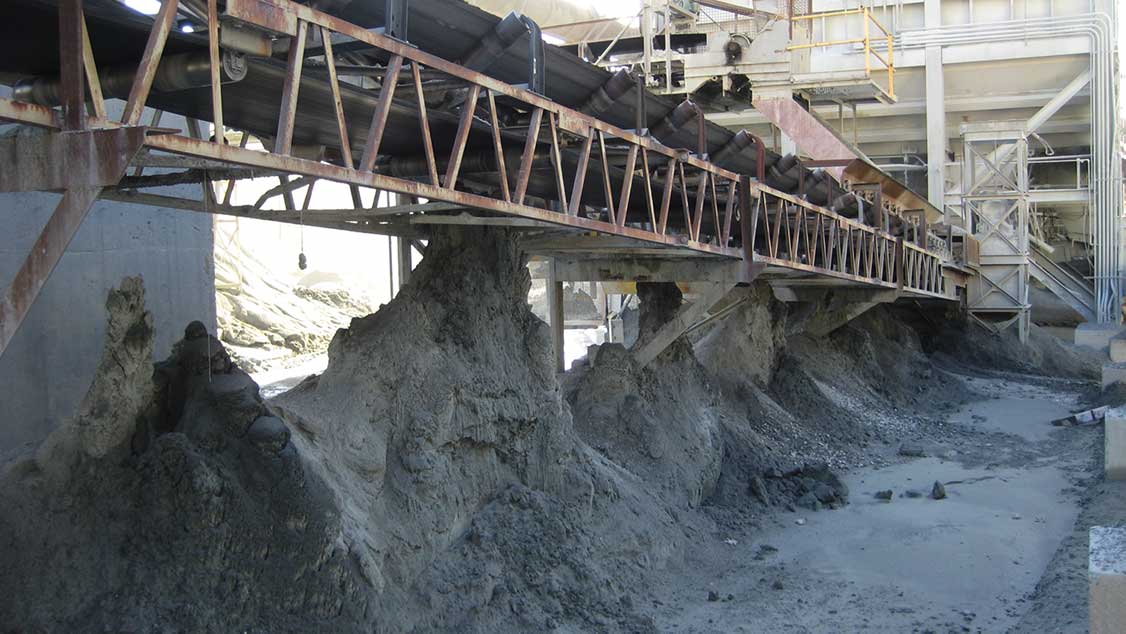
Conveyor carryback occurs when small quantities of material stick to surfaces or get caught in voids and are transported back to their source.
Some materials, such as sticky clay and certain mineral ores are more prone to carryback than others. While the amount of carryback may seem negligible in the beginning, over time it adds up to tons of material that must be removed, which adds costs.
In response to the issue of carryback and the problems it might cause to the belt conveyor, Metso offers a range of Belt cleaning systems, with cleaners that remove potential carryback from the material-facing surface of the belt as it comes round the head pulley.
Mistracking refers to problems such as belt misalignment – e.g. when the belt starts to ride off; or when it slides and cuts into the conveyor frame.
Mistracking can destroy the belt and the conveyor structure or its components; and it can also cause spillage. There are many reasons why mistracking can occur, including exceeded belt tolerances, off-center loading, material build-up on rollers and pulleys, maladjustment, the structure of the conveyor system itself, and even side-winds, rain, snow or ice.
To address this problem, Metso offers belt guiding systems that sense and correct mistracking before it does any damage. With such a system in place, maintenance costs can be minimized and sustainability ambitions can be maximized.
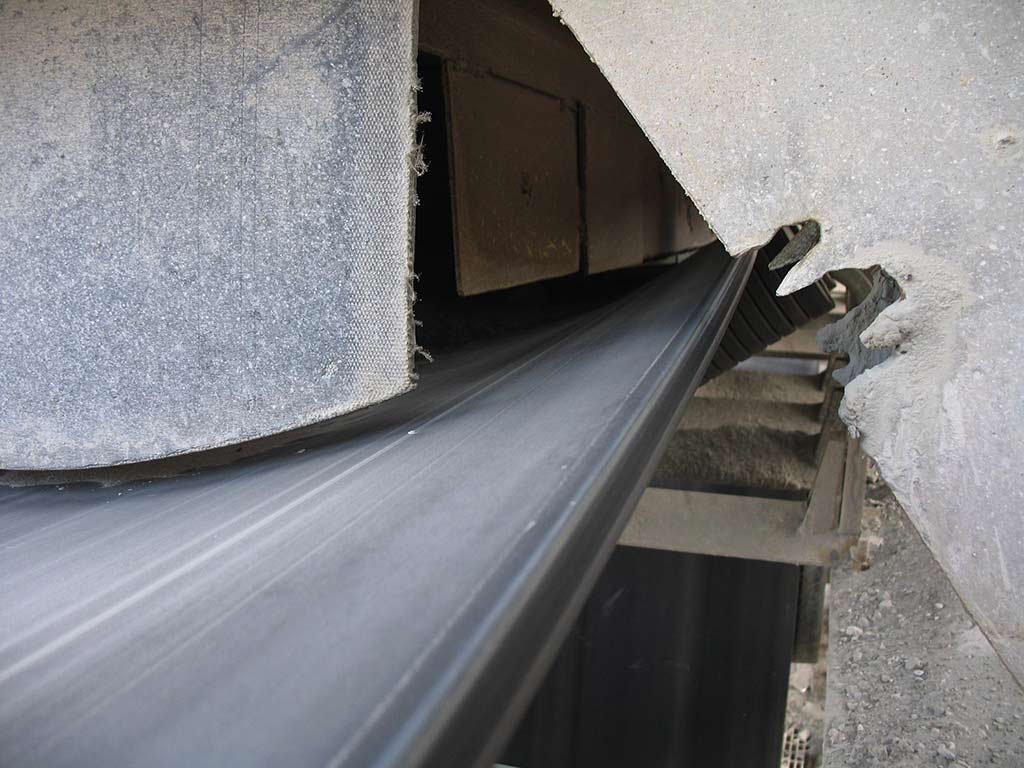
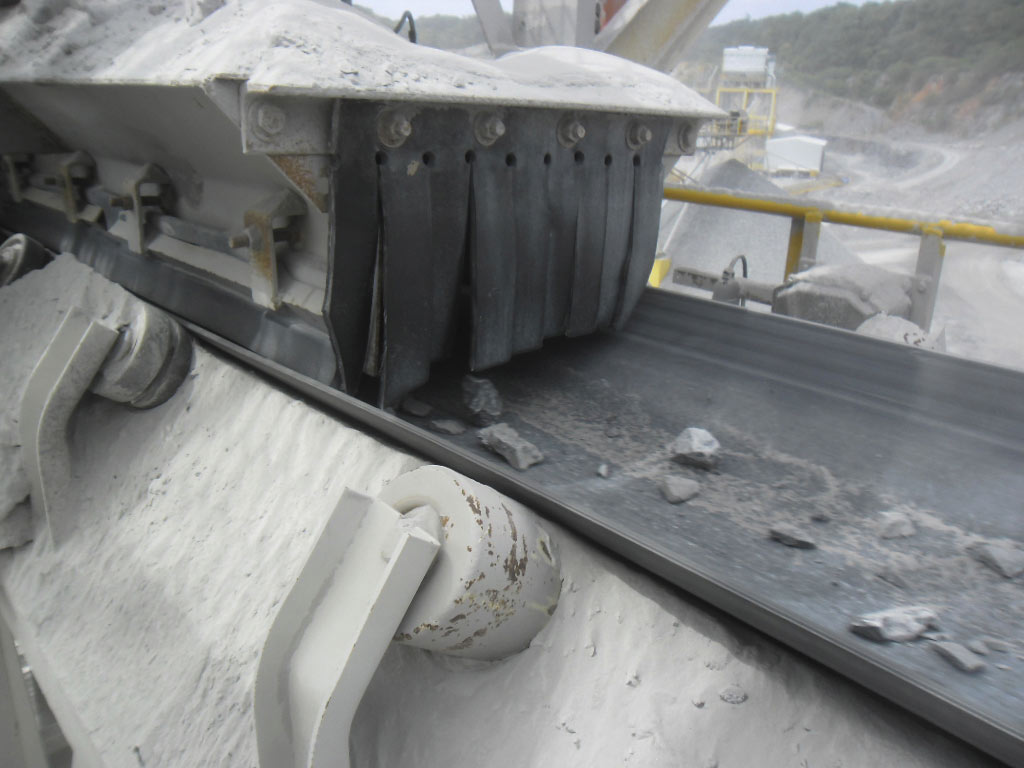
Spillage refers to waste material and dust that falls out of the conveyor belt. It usually occurs during the loading and unloading of the conveyor belt, but it can also occur during transport.
During loading there are two issues that can cause spillage. One risk during loading is that the impact of falling materials exceeds what the conveyor can absorb, causing damage to the conveyor belt and components.
The second risk for spillage during loading occurs when the loading zone is not tightly sealed, causing debris to fall out of the belt, get into the conveyor components and cause damage. During transport, spillage is often caused by mistracking or leakage.
Metso's belt guiding, sealing, and loading systems address these issues.
Slippage occurs when a belt does not move at the same rate as the pulleys that drive it. It can be caused due to inadequate friction between the belt and the pulley, differences in humidity and temperature, as well as belt and pulley wear and insufficient belt tension.
Spillage can be extremely serious, as it is accompanied by skidding of the belt against the pulleys. Skidding generates friction and heat; which in the worst-case scenario can start a fire.
Metso’s pulley lagging systems combine composite materials (aluminum oxide ceramics) with normal rubber, or feature unique surface patterns to improve the grip of pulley. Both systems solve the problem of inadequate friction.
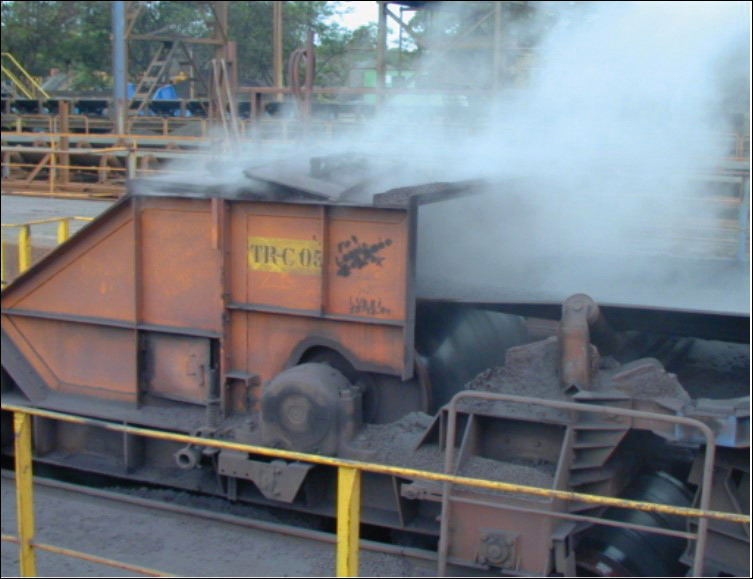
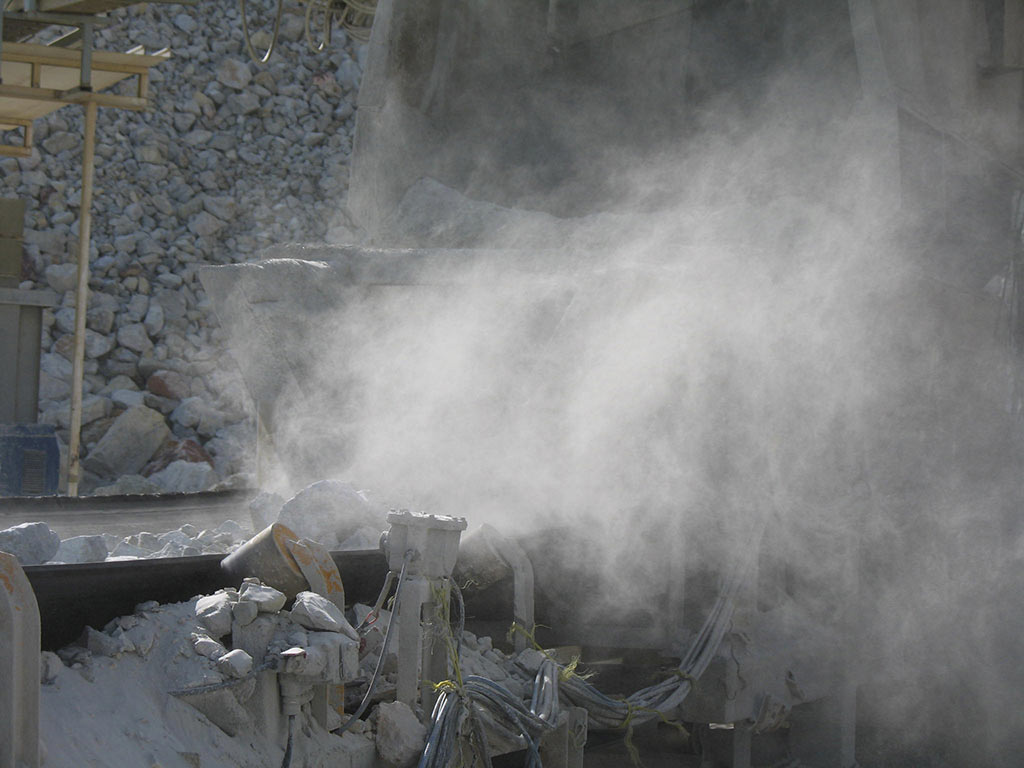
Dust is related to spillage and the problems caused by it. Likewise, dust is also bad for equipment and vehicles at the site, since dust can enter the mechanical moving parts and cause wear and clogging of all mechanical equipment.
Where there are leaks there will be dust. Apart from being a risk to mechanical equipment, dust is a serious issue for operators, who might inhale the dust if they are not wearing masks.
All of the Metso systems and accessories that address spillage, misalignment and sealing — and for example, the sealing systems, also have the added benefit of controlling dust.